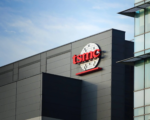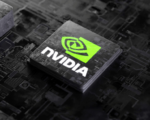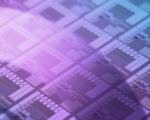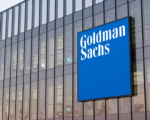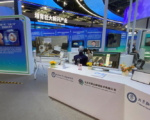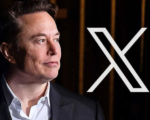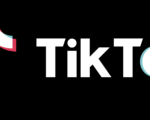Huawei is set to announce its full-year financial results, revealing a near-return to its 2020 revenue peak despite years of U.S. sanctions. The Chinese tech giant is expected to report revenues of 860 billion yuan ($118 billion) for 2024—just shy of the record 891 billion yuan it achieved before U.S. restrictions slashed its consumer business and chip supplies.
Once in “survival mode,” Huawei now appears to be thriving again. The company has diversified into new sectors like smart driving technology, cloud software, and domestic chip development. These efforts have helped mitigate the impact of sanctions that once seemed poised to cripple its international business.
Smartphones and Software Recovery
Consultancy Isaiah Research estimates Huawei shipped over 45 million smartphones in 2024—up more than 25% year-on-year—despite continued constraints in chip yield rates. Its homegrown operating system, HarmonyOS, now powers over a billion devices. Meanwhile, Huawei’s own enterprise software system, “MetaERP,” has replaced U.S.-origin platforms like Oracle.
Auto Ambitions Paying Off
One of Huawei’s most successful pivots has been into smart vehicles. Its Aito brand—developed with Dongfeng-backed Seres—tripled its sales last year, driven by models like the M7 and M9 that feature Huawei’s driver assistance technologies. The company is also collaborating with other Chinese automakers like Chery, BAIC, JAC Group, and SAIC Group.
Innovation Under Pressure
Experts say sanctions pushed Huawei and its domestic partners toward greater innovation. “Huawei has shown incredible resilience in the face of this national state-led effort,” said Paul Triolo of the DGA-Albright Stonebridge Group. He noted that Huawei’s resurgence has led to broader industry collaboration and technological independence within China’s IT sector.
Looking Ahead: Global Patchwork Strategy
While HarmonyOS and its AI chips are gaining traction, Huawei still faces challenges regaining market share in the West due to limited access to Android. However, its infrastructure and data services are growing in markets like the Middle East. Huawei’s global strategy will likely be a “patchwork affair,” said Triolo, but it could dominate in alternative AI ecosystems across key emerging markets.
Beyond Survival
With ambitions to integrate AI into industrial communication systems and expand its connected software offerings, Huawei’s focus is now on long-term growth. It also hinted at renewed international smartphone pushes, such as its high-profile Mate XT foldable phone launch in Malaysia earlier this year.




